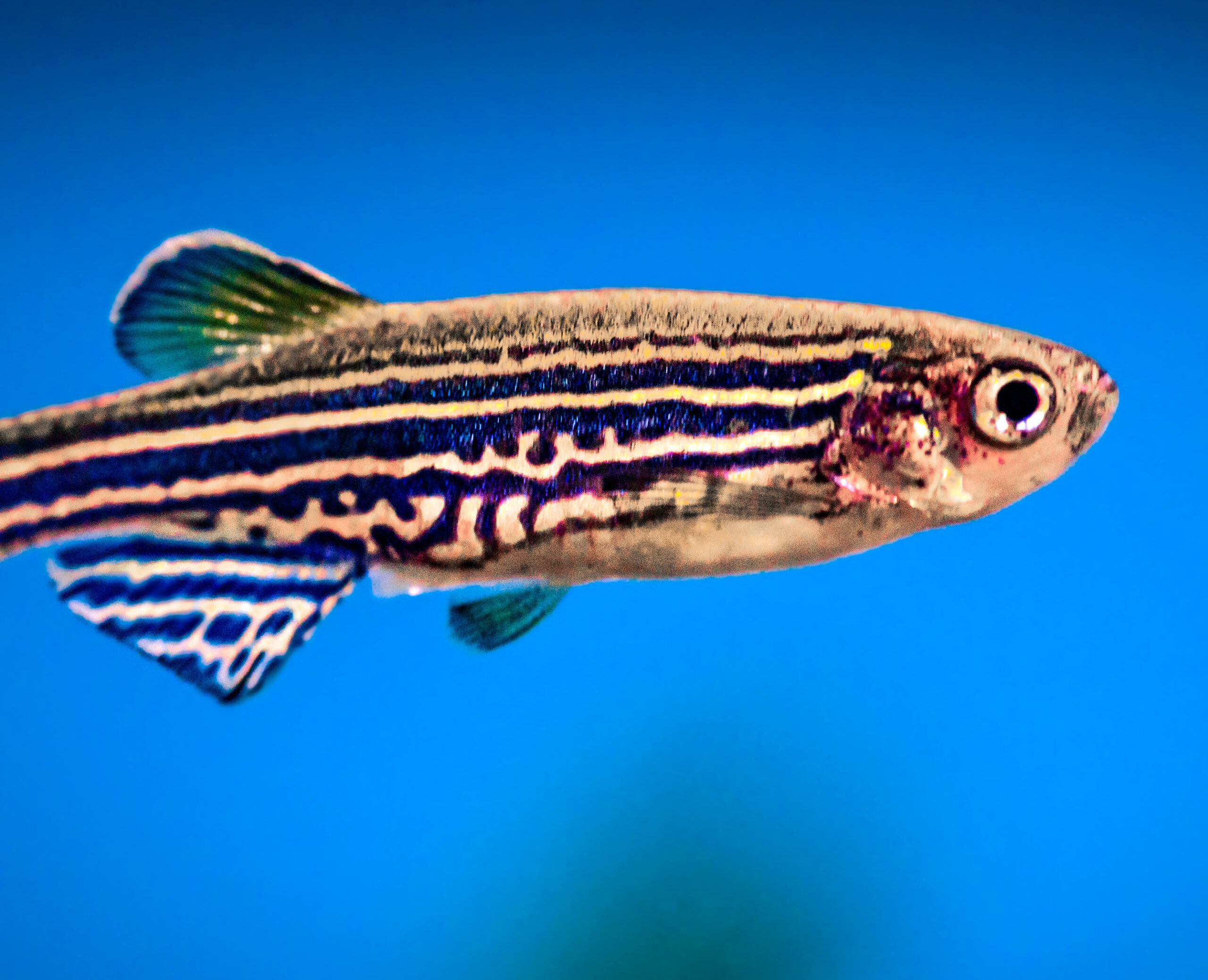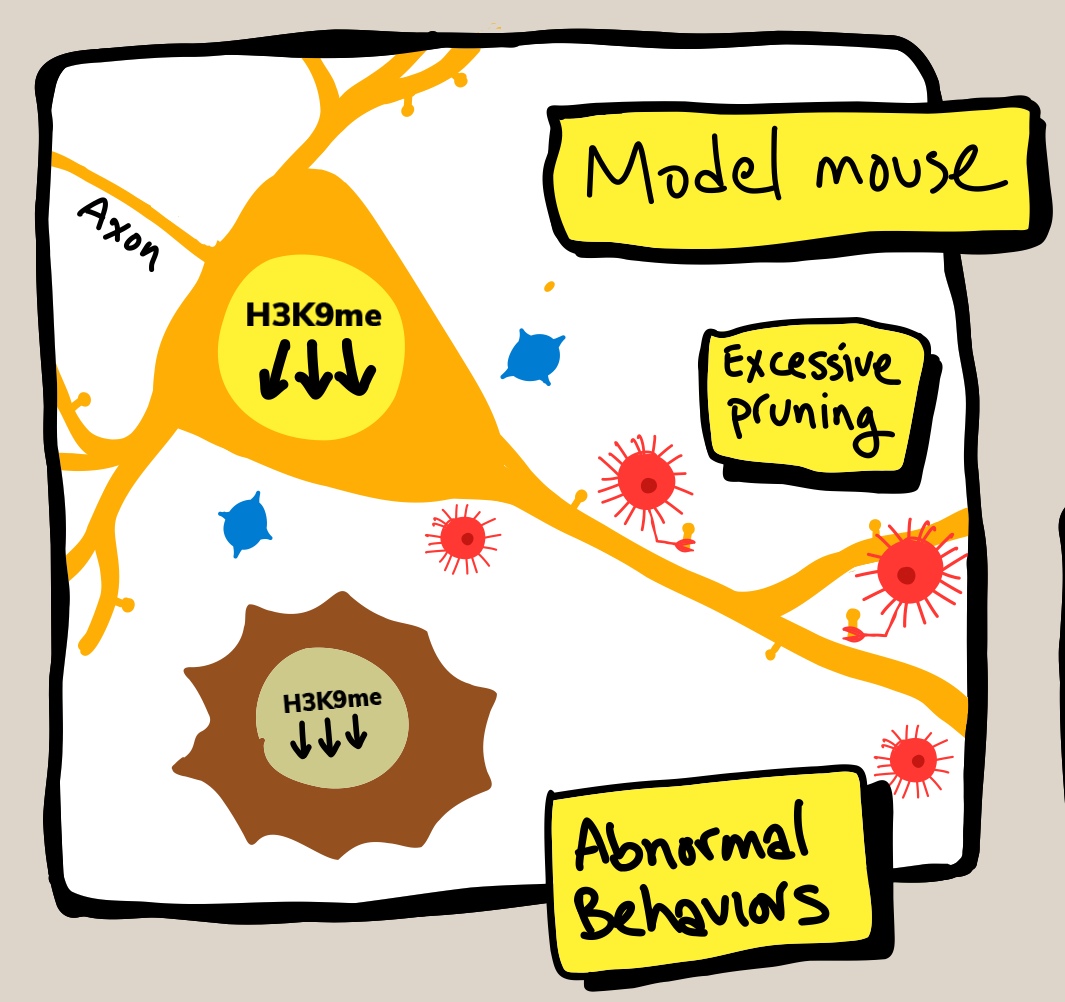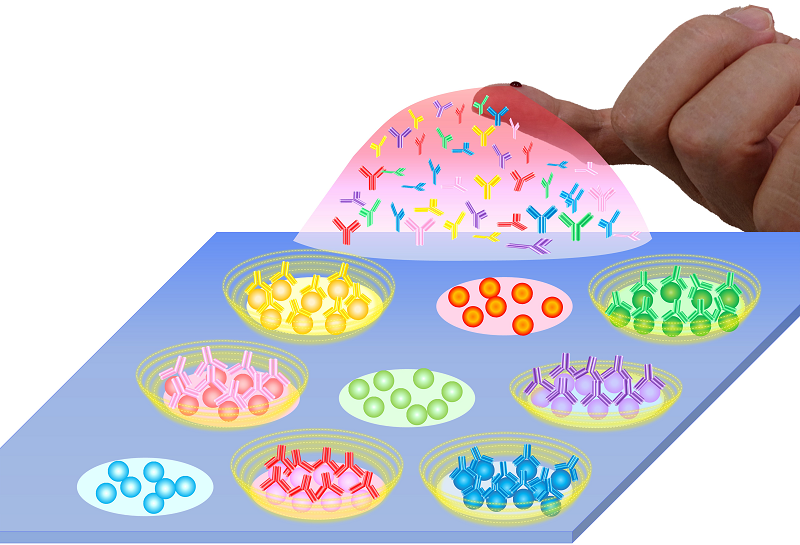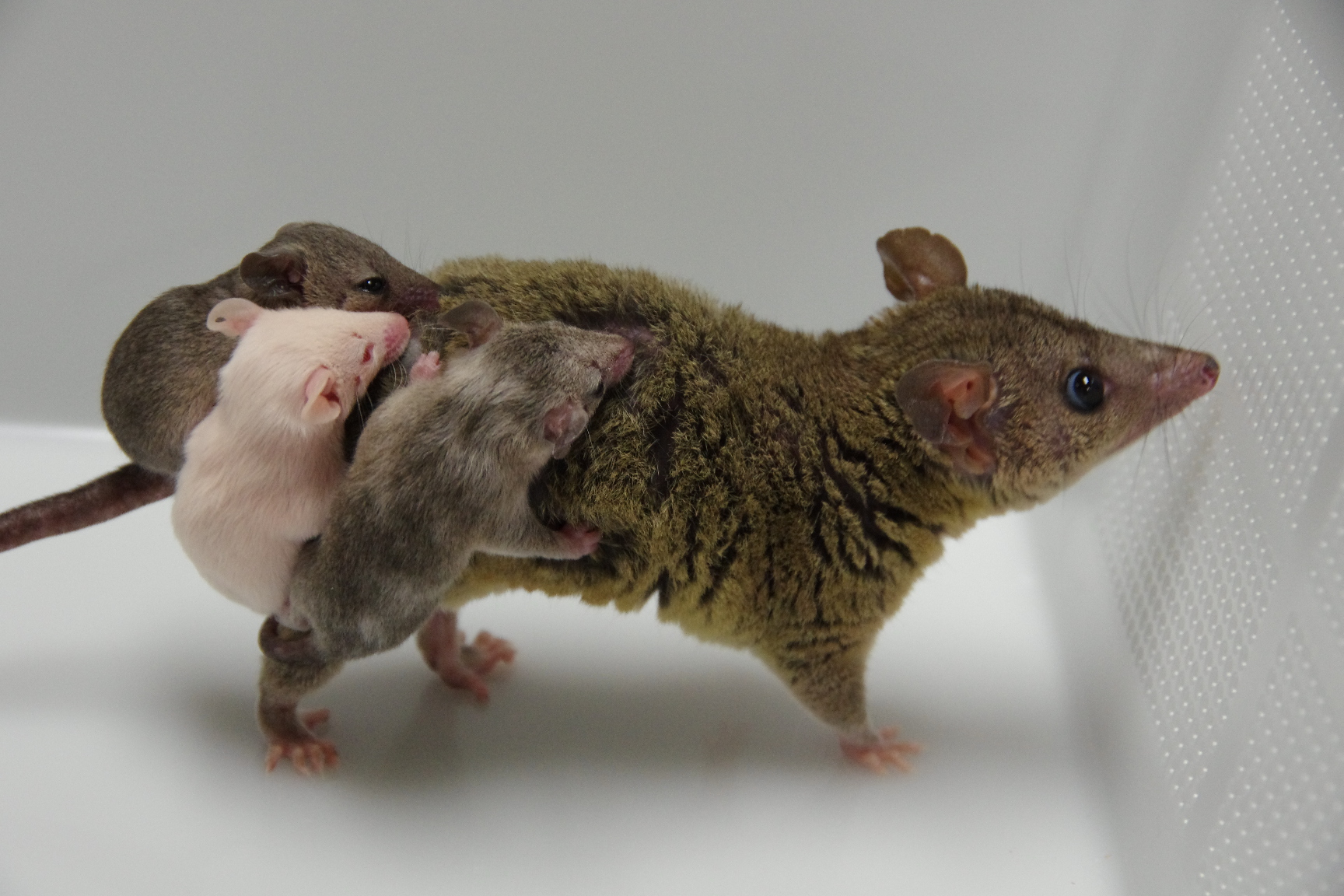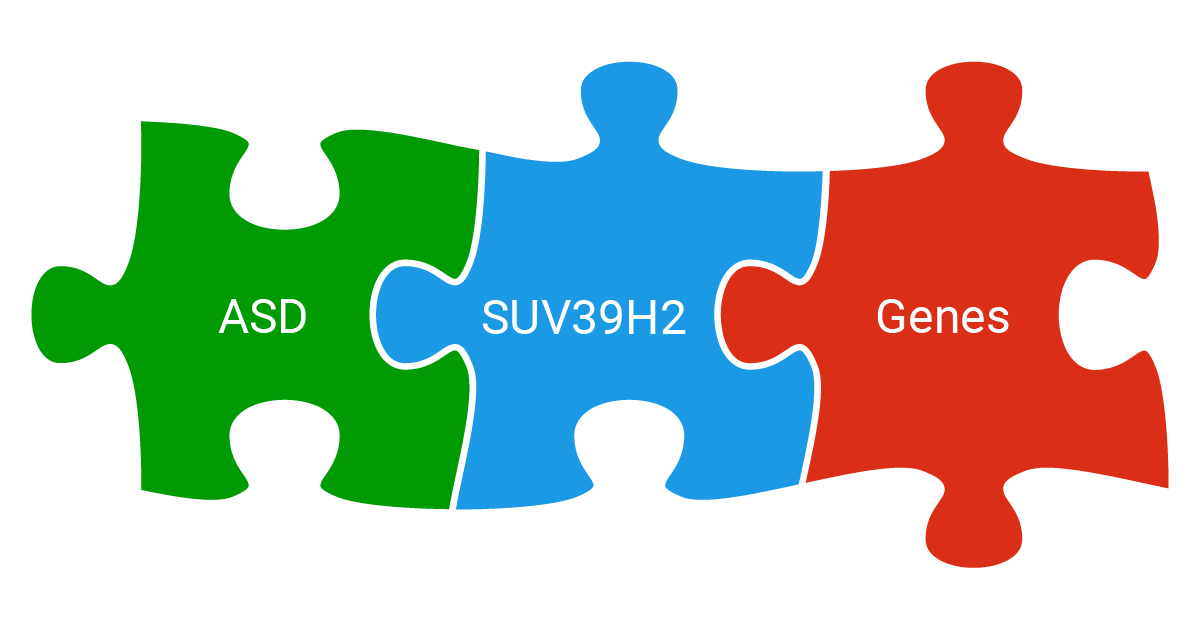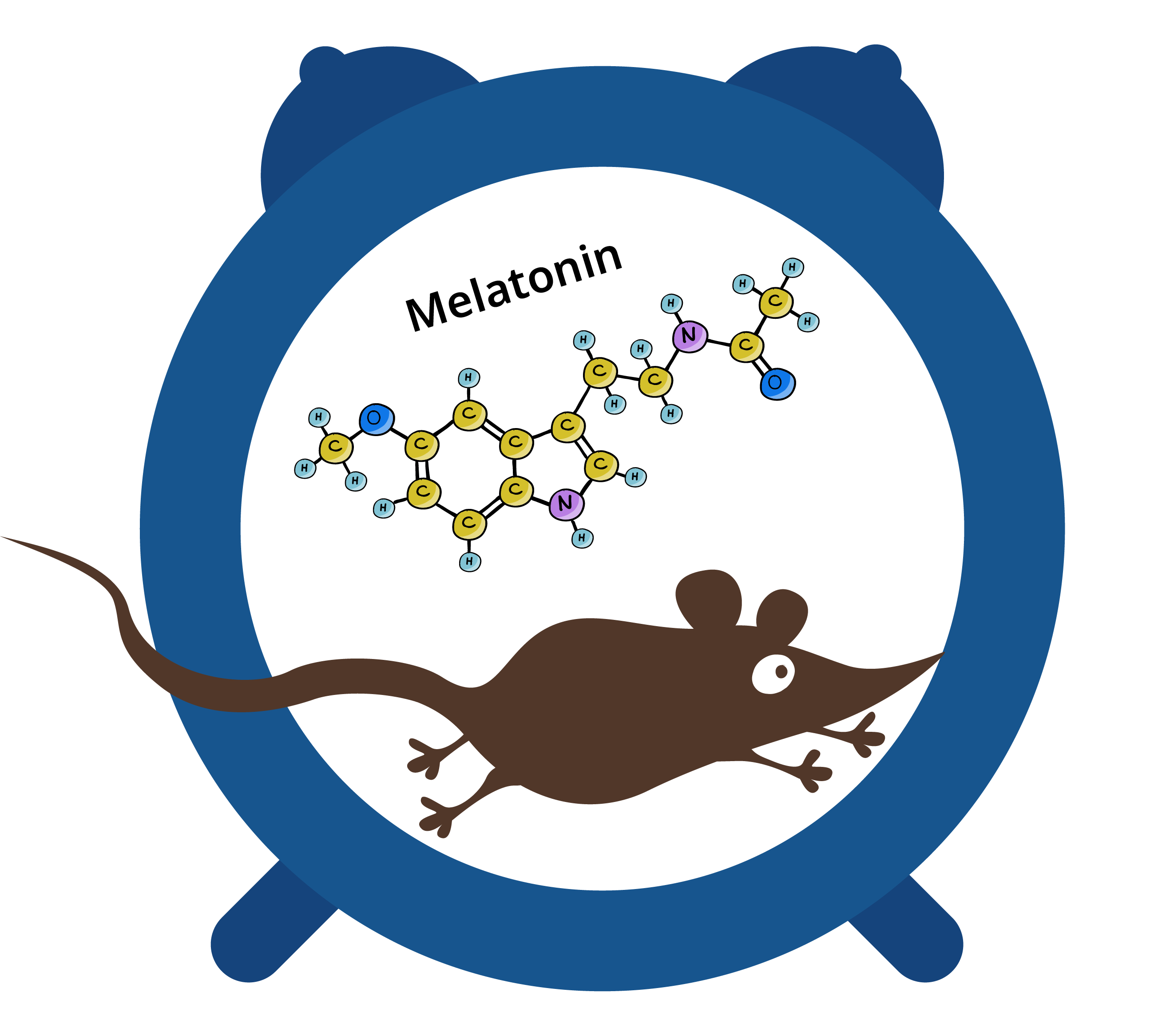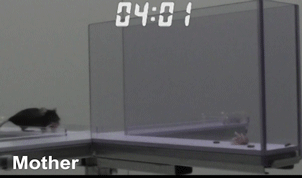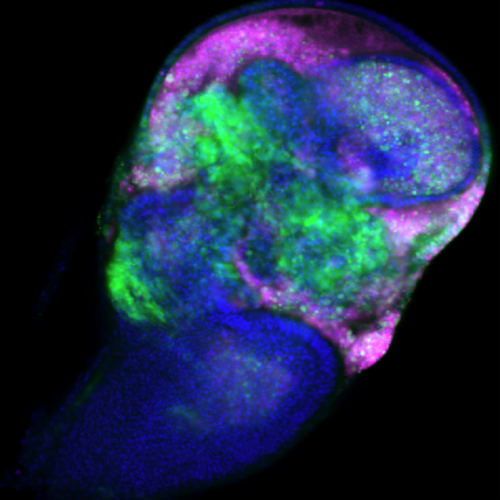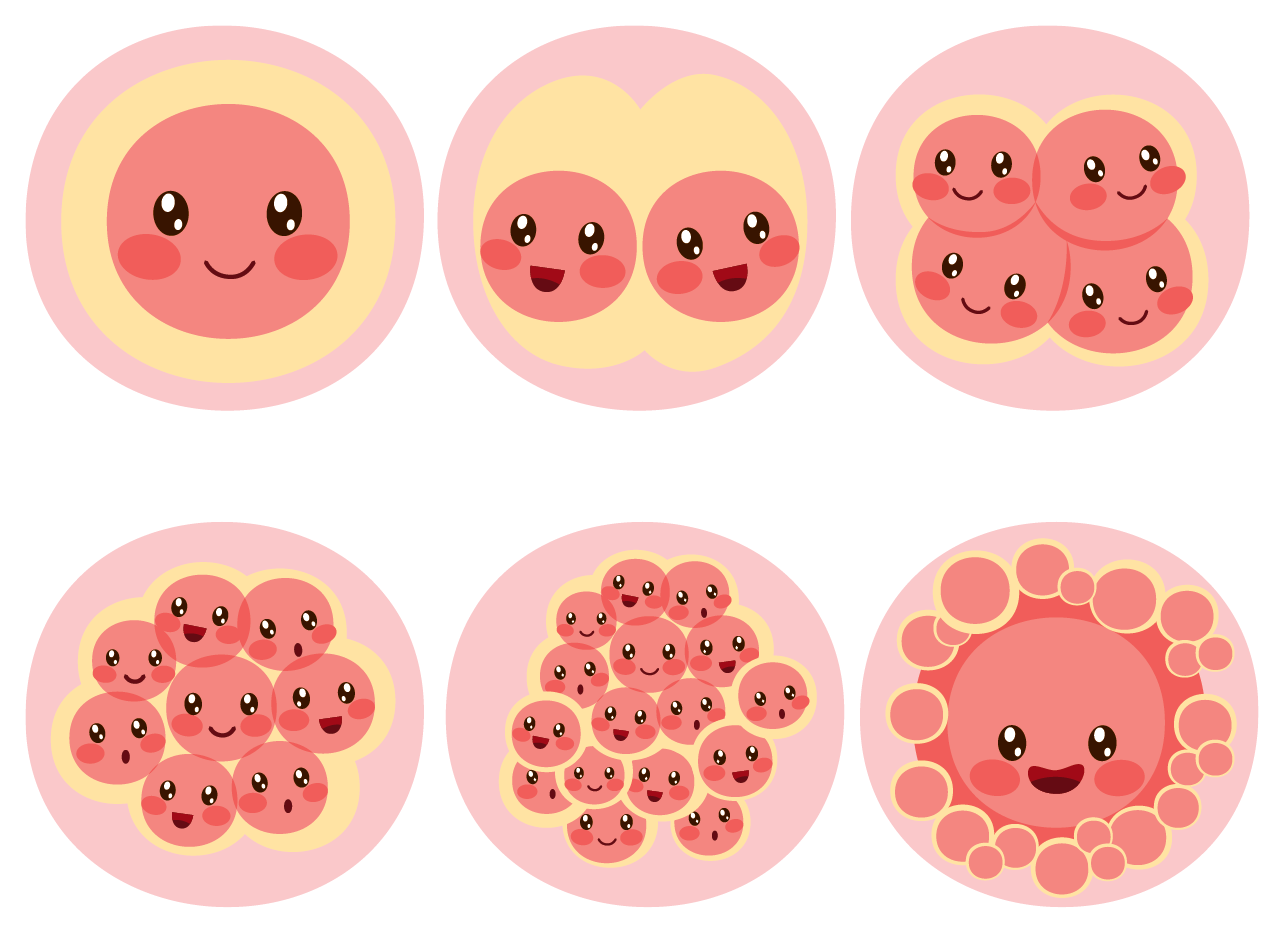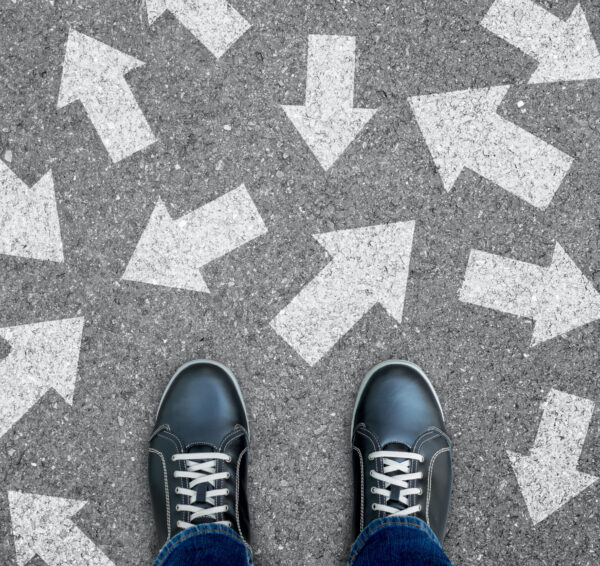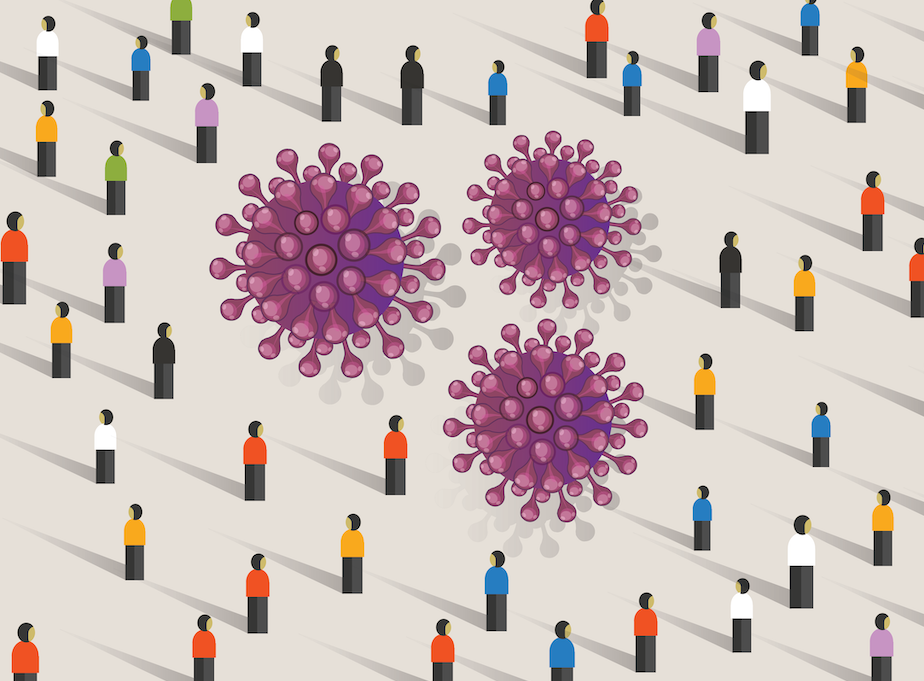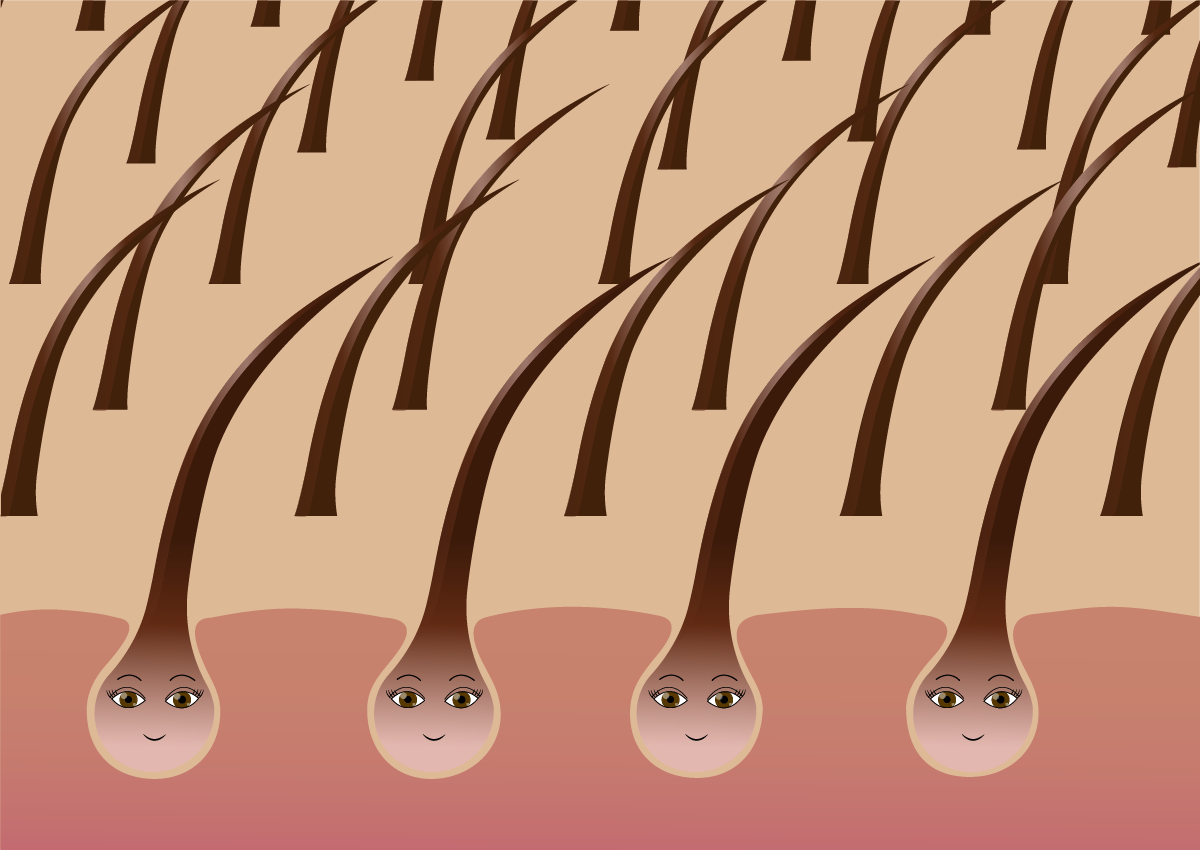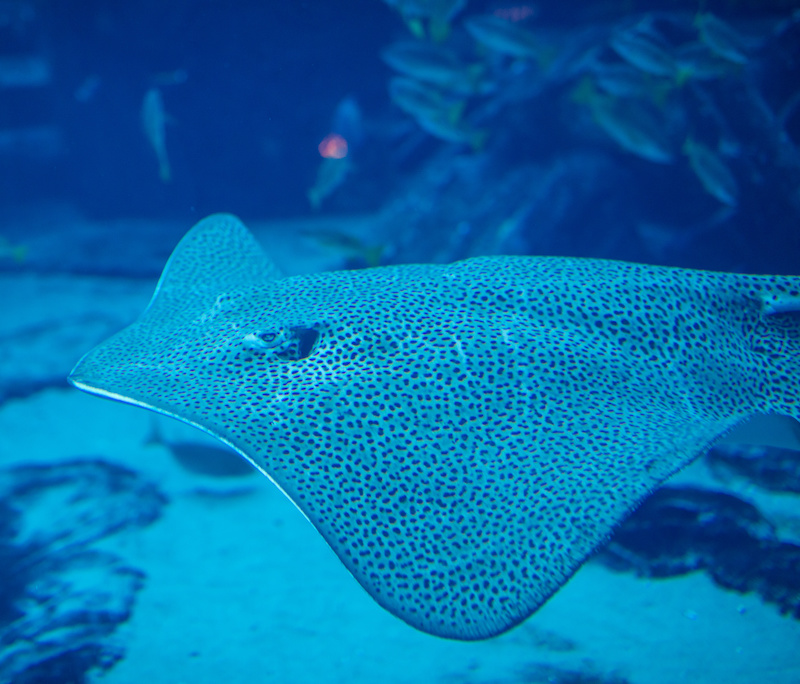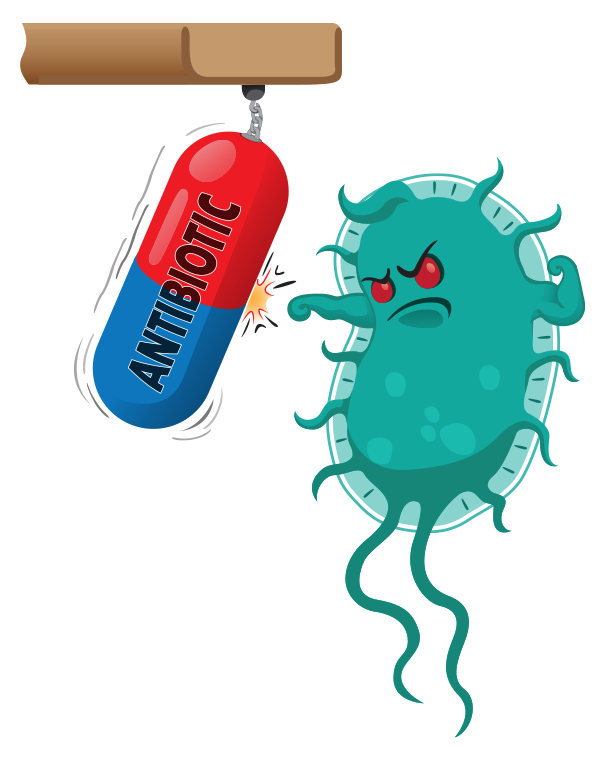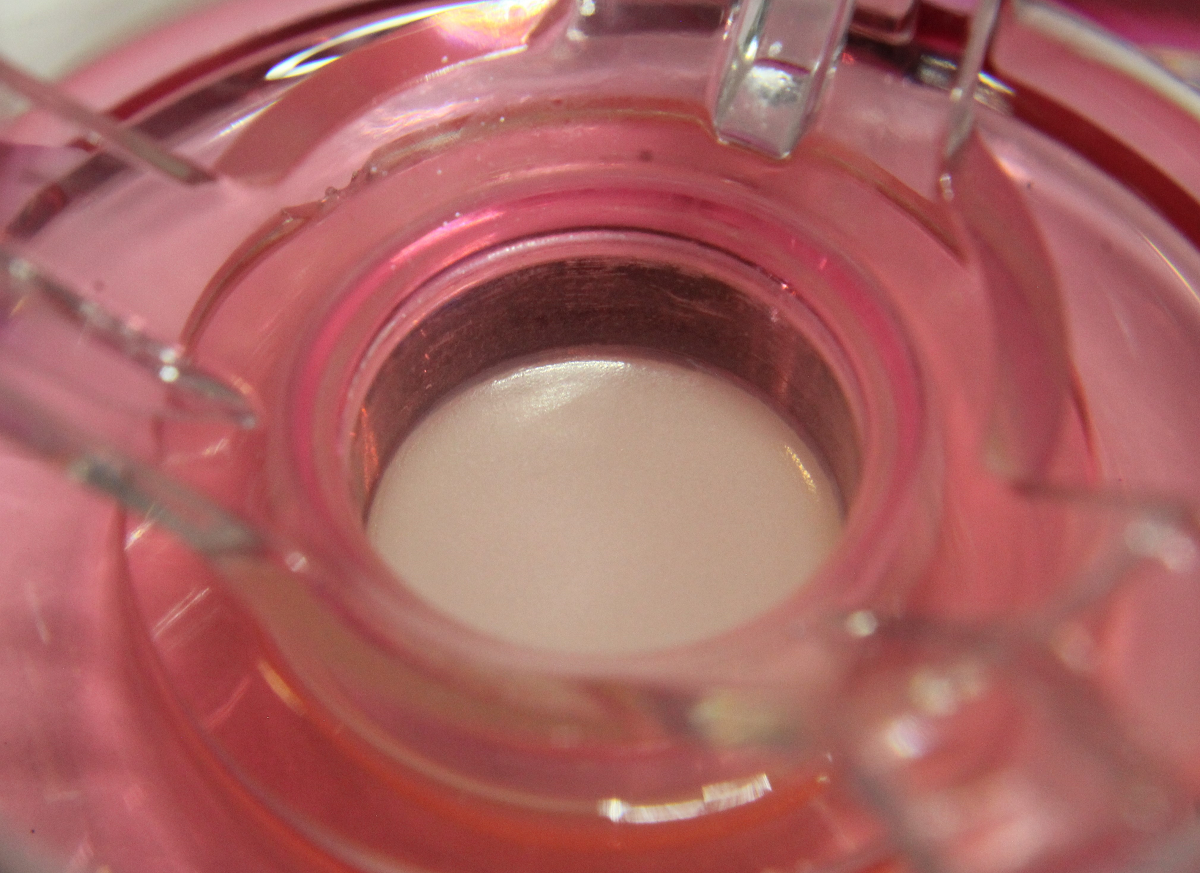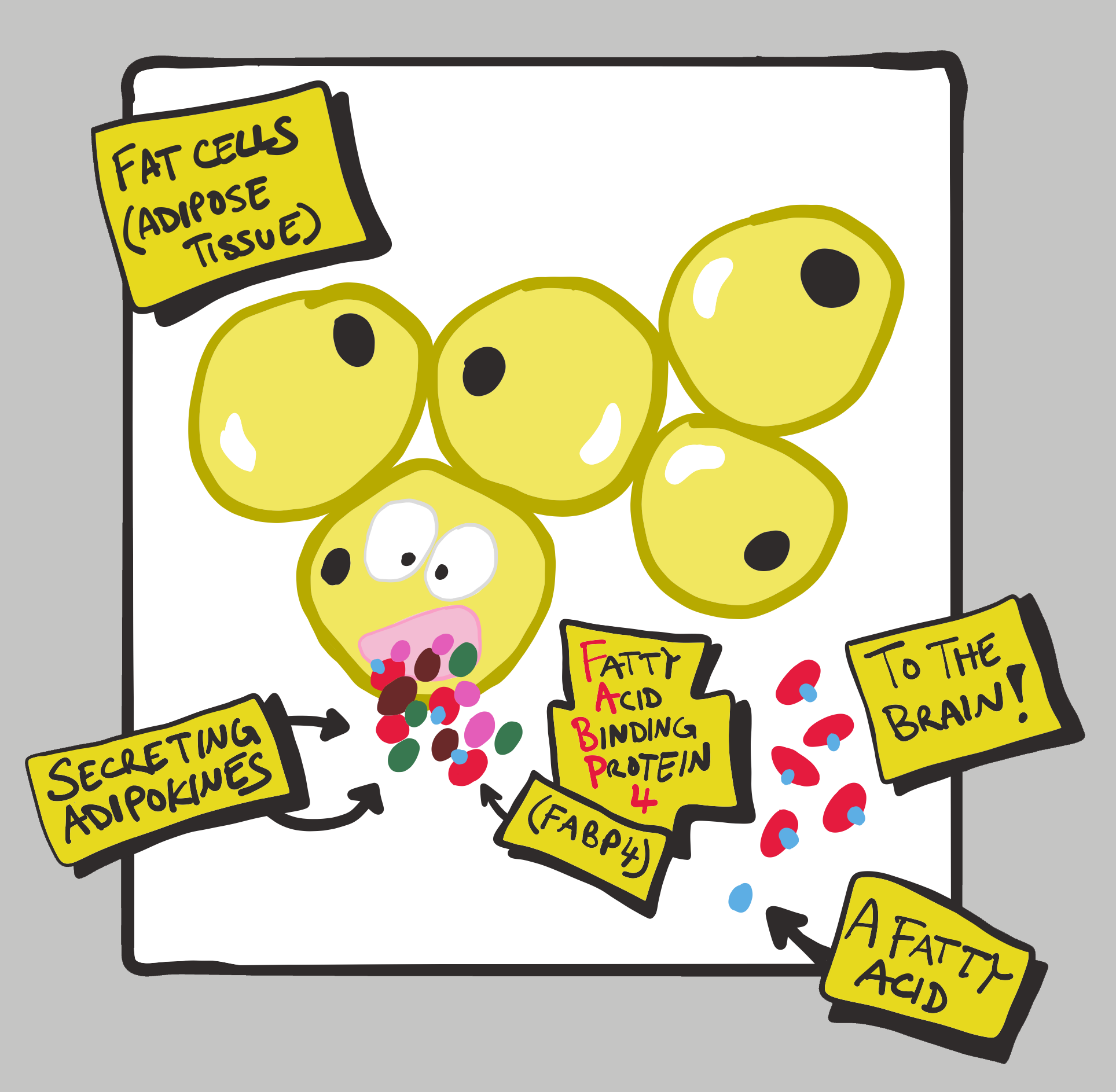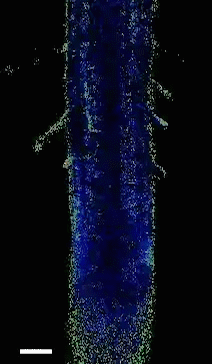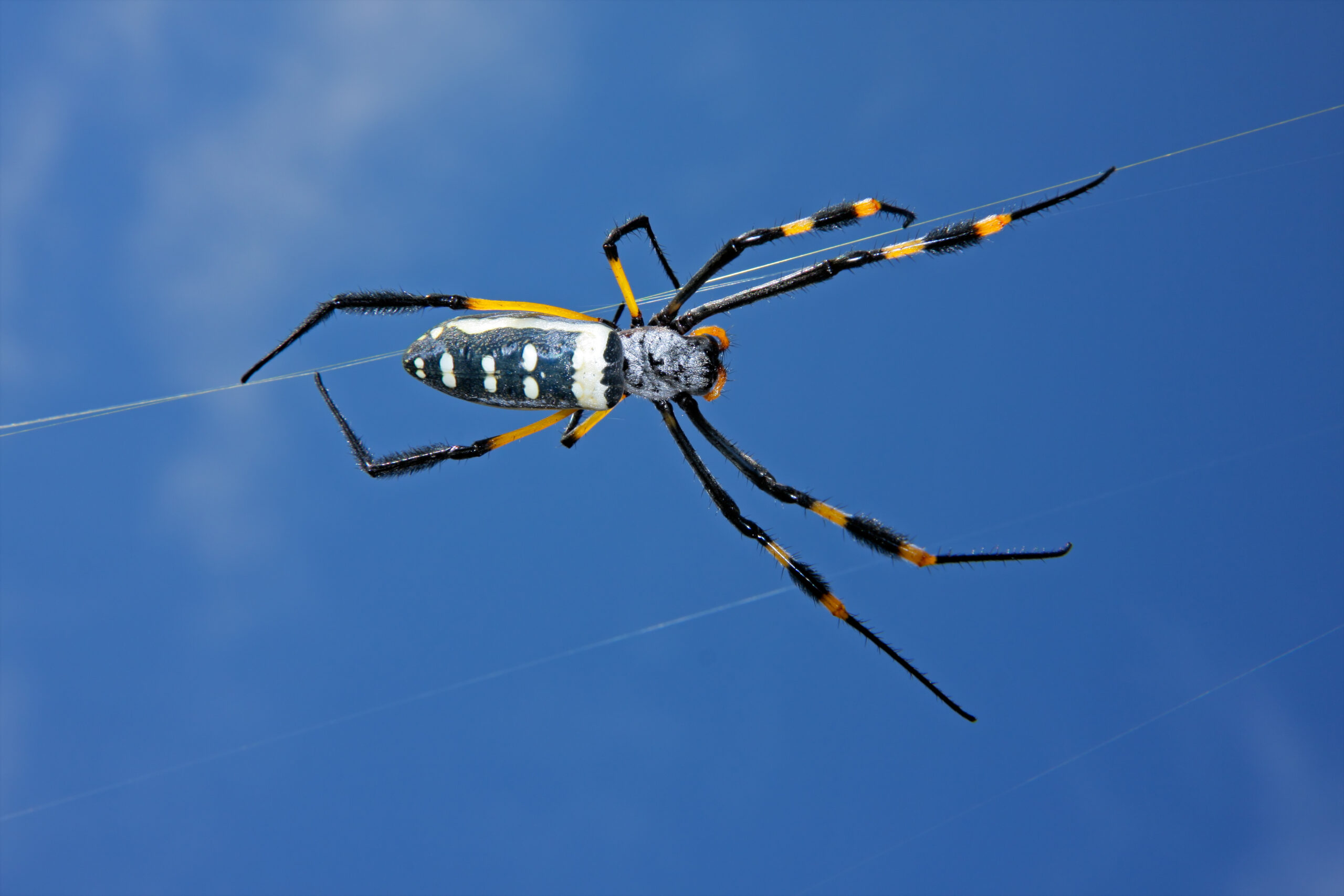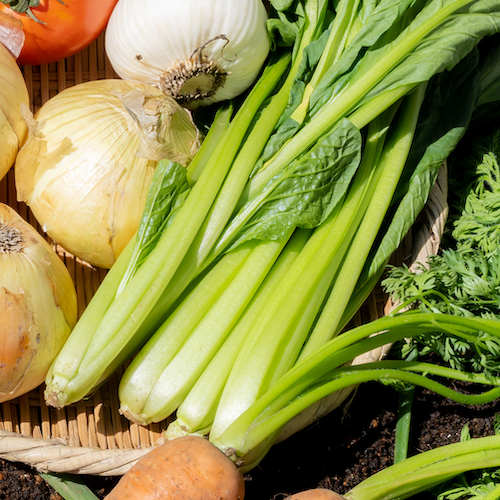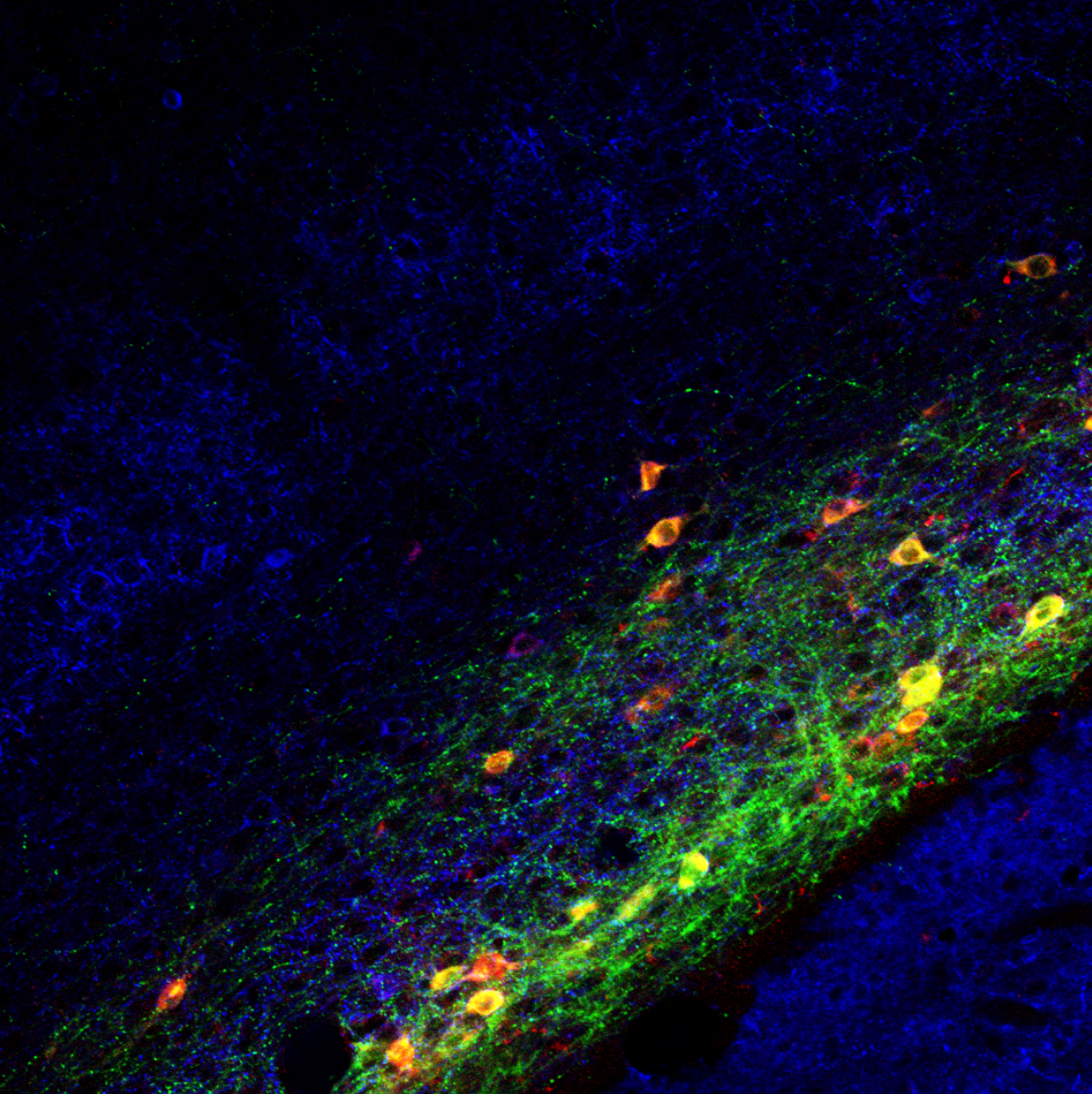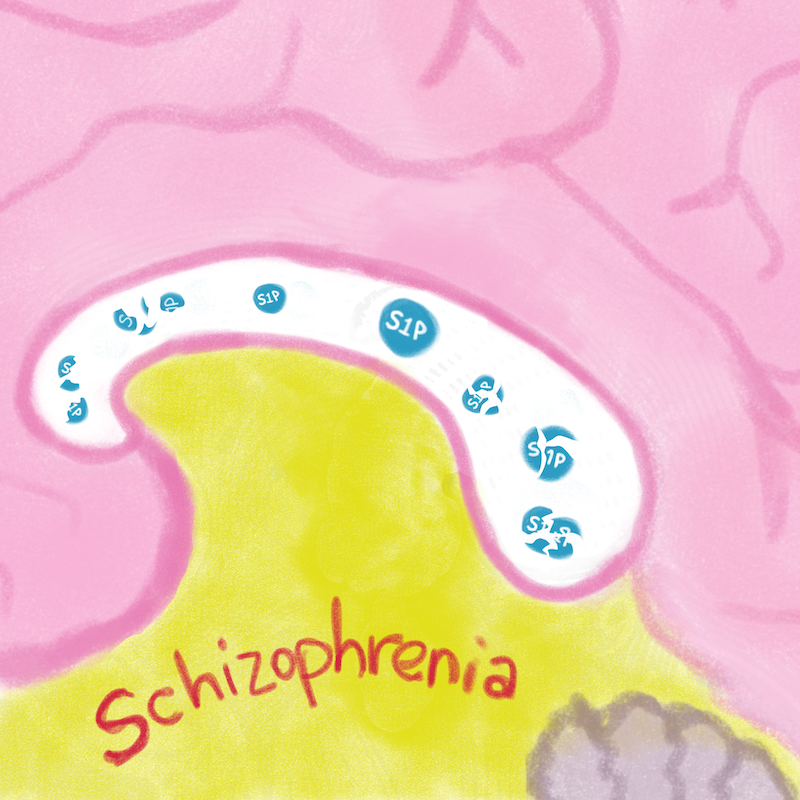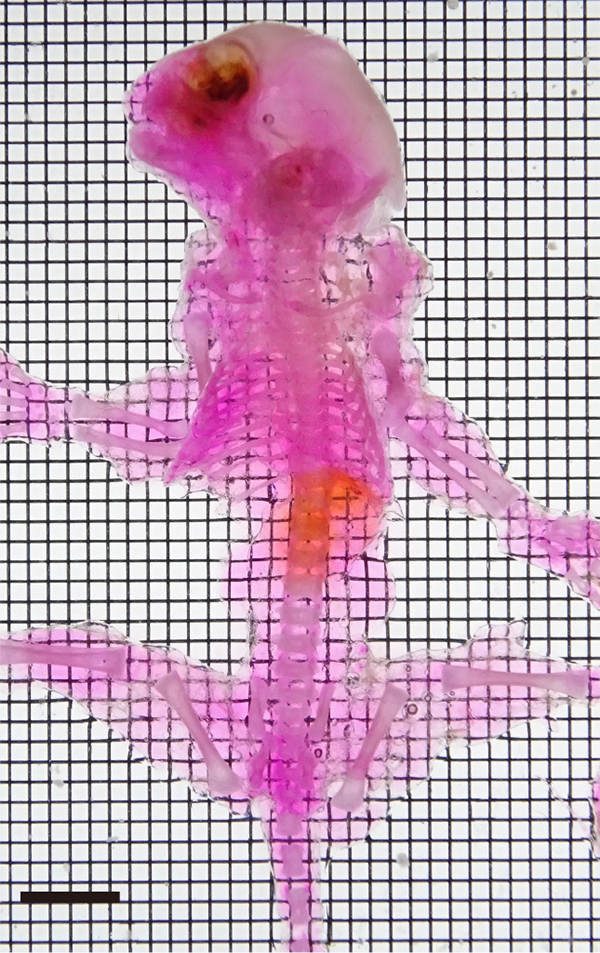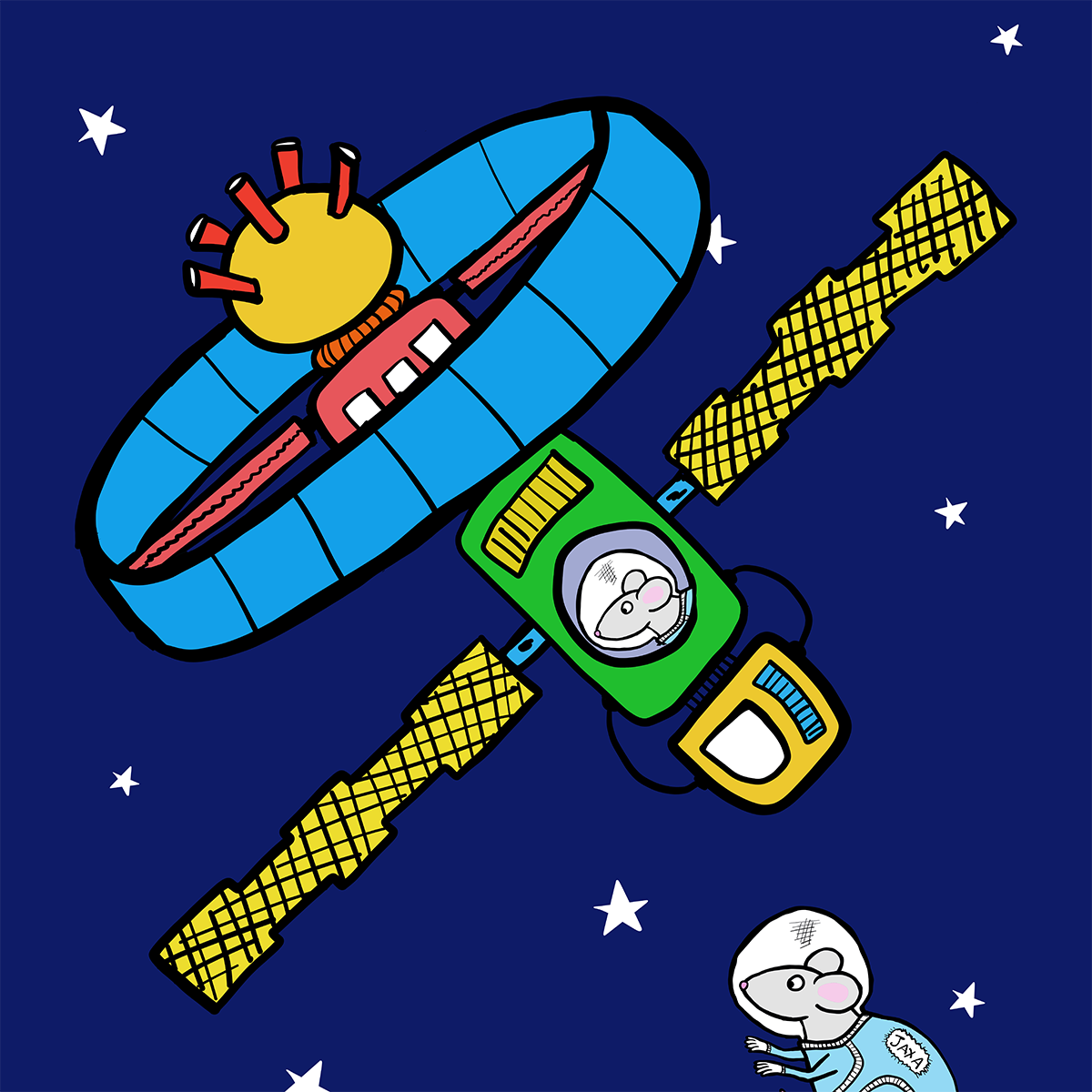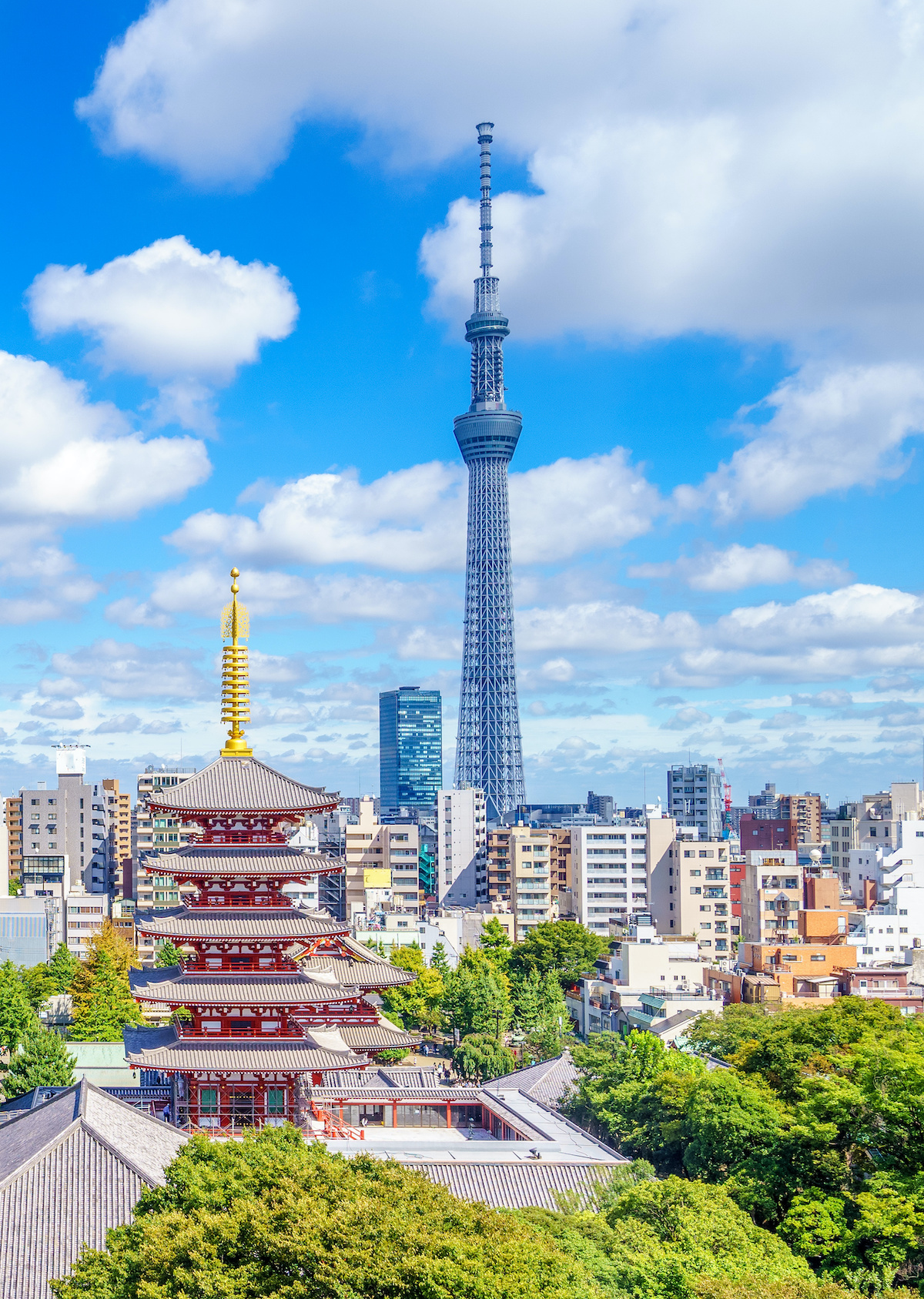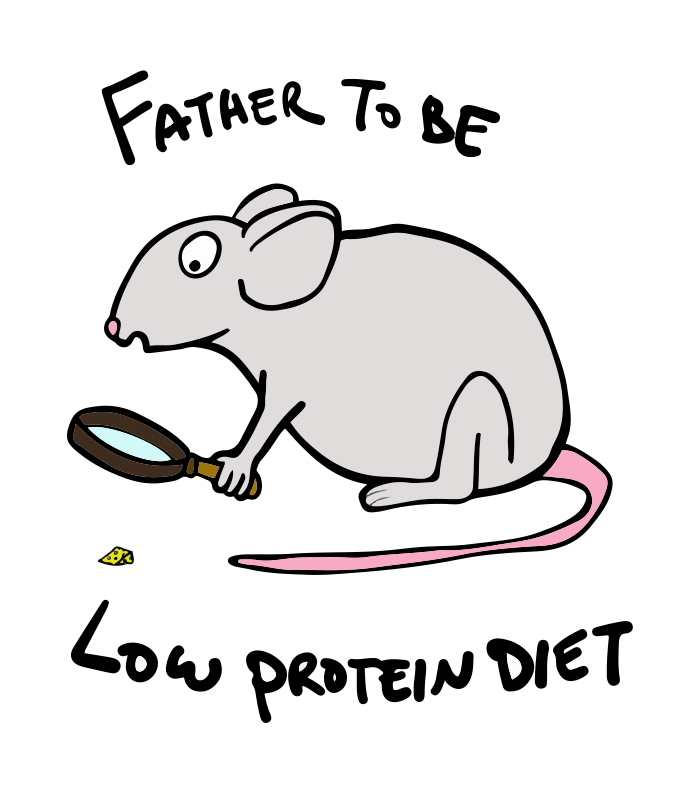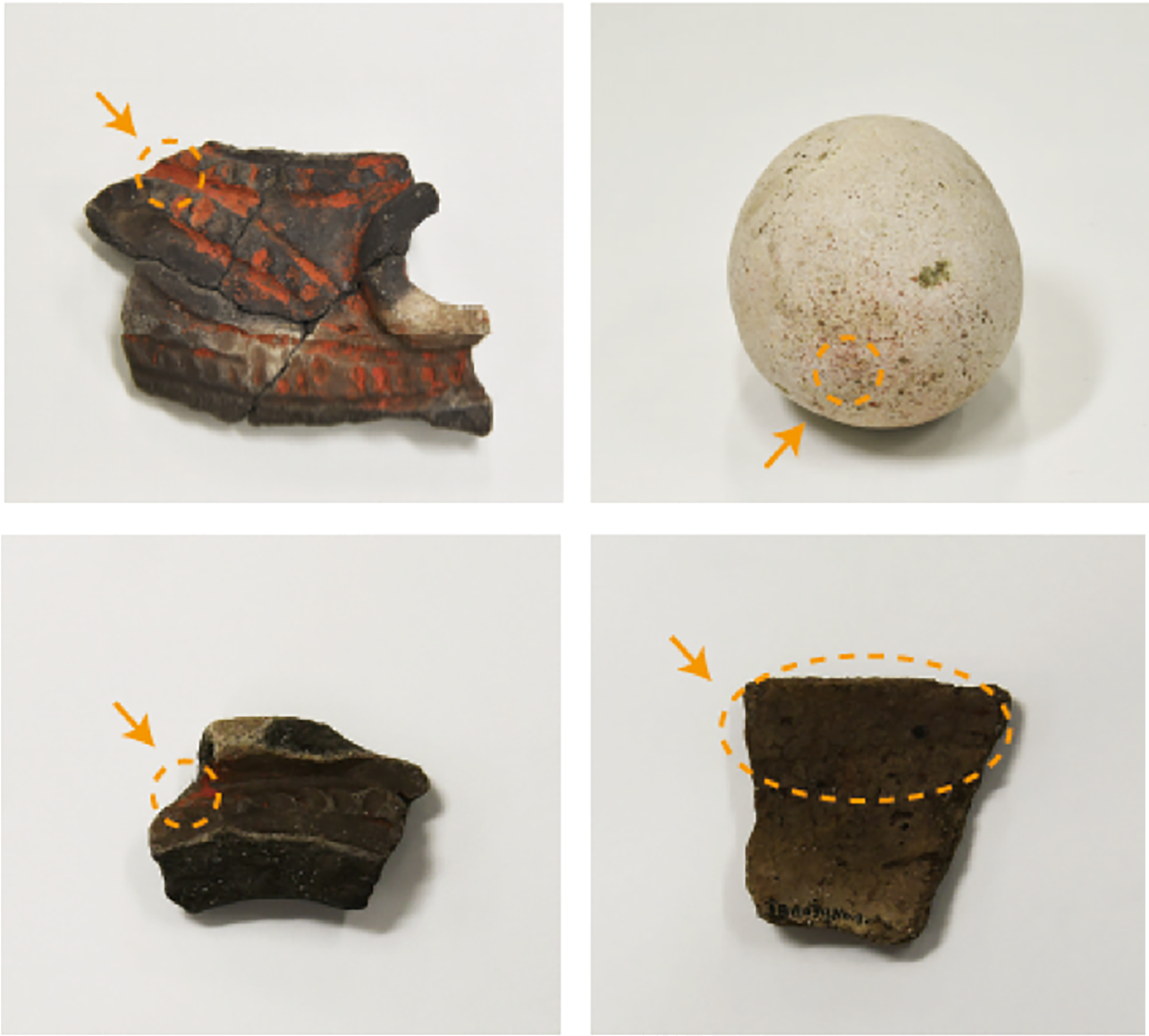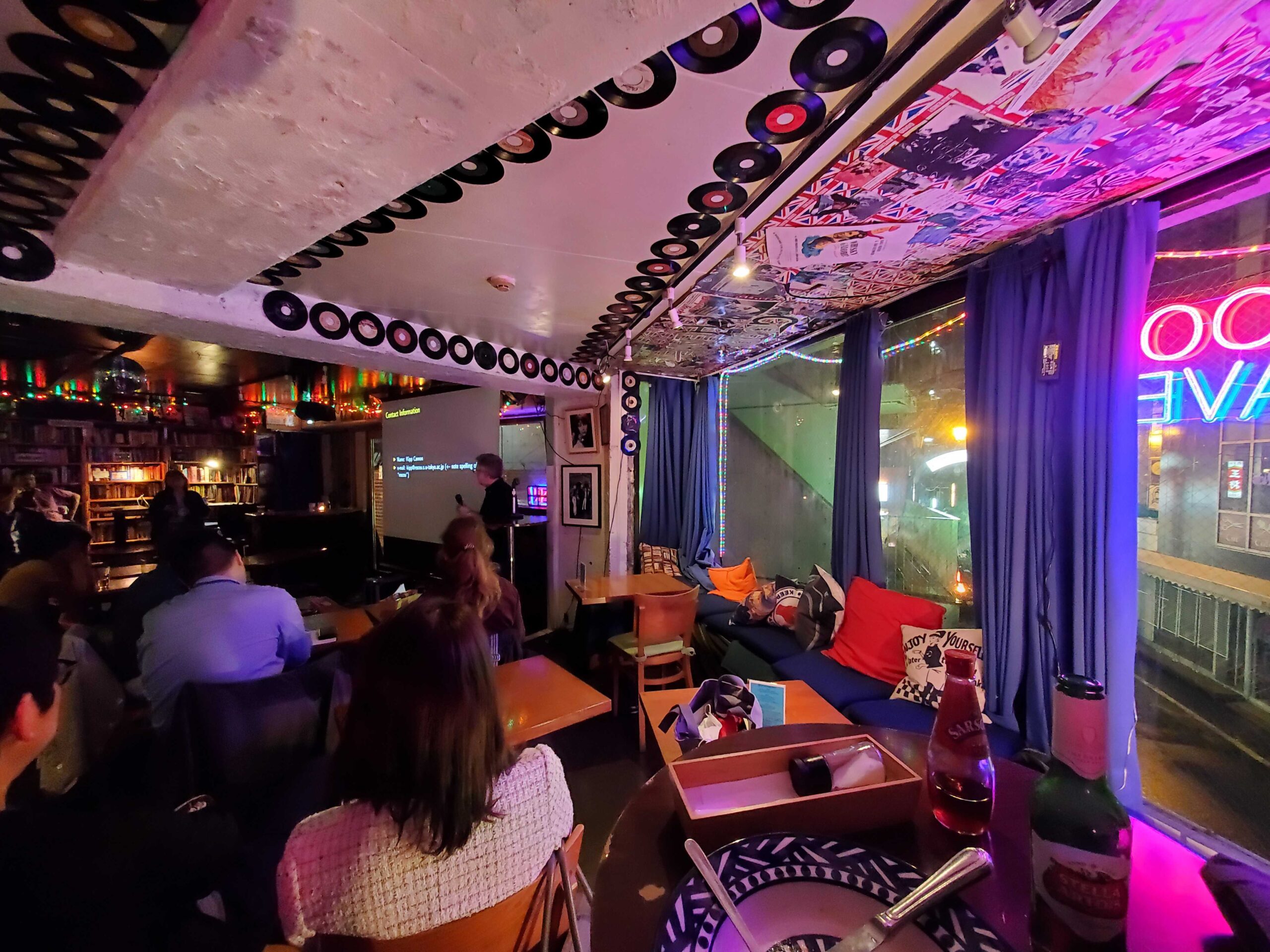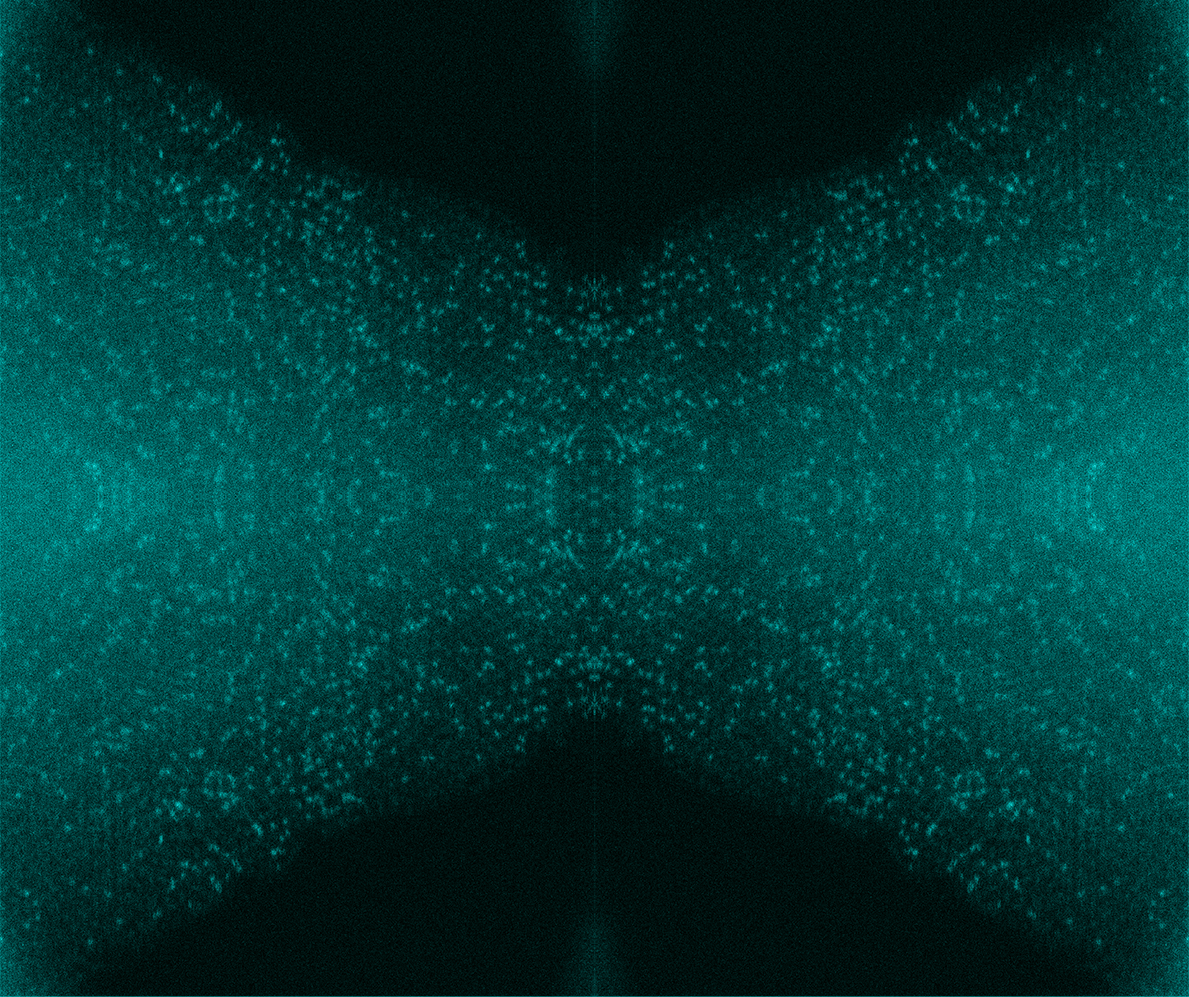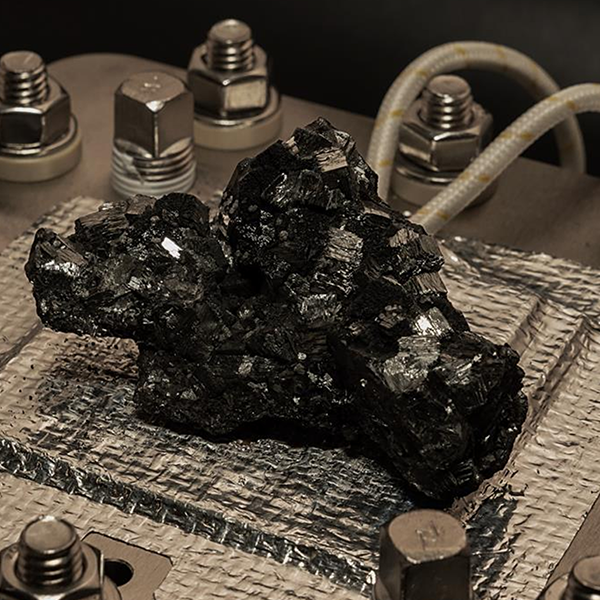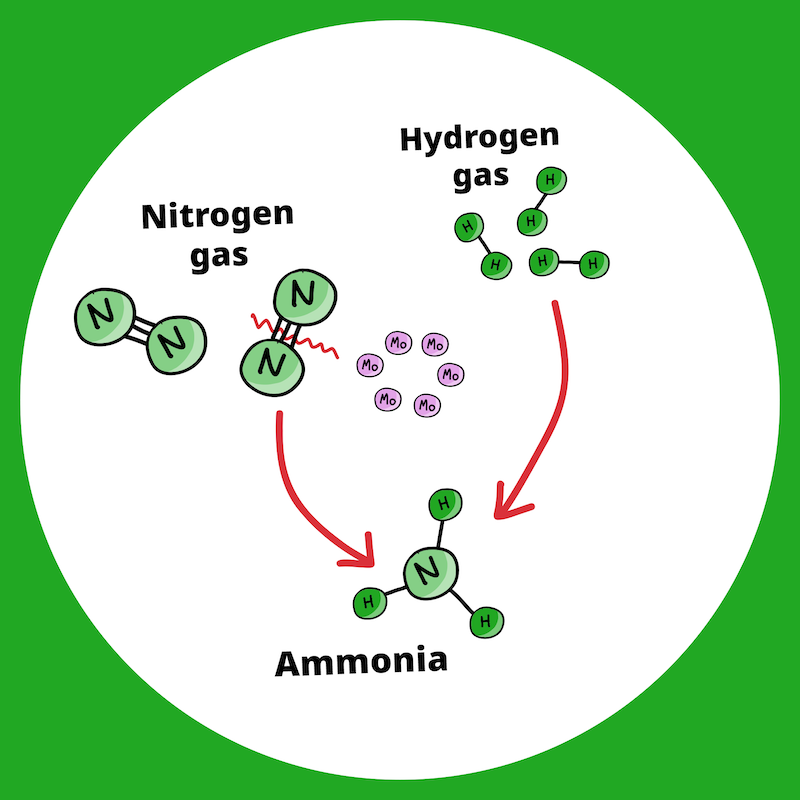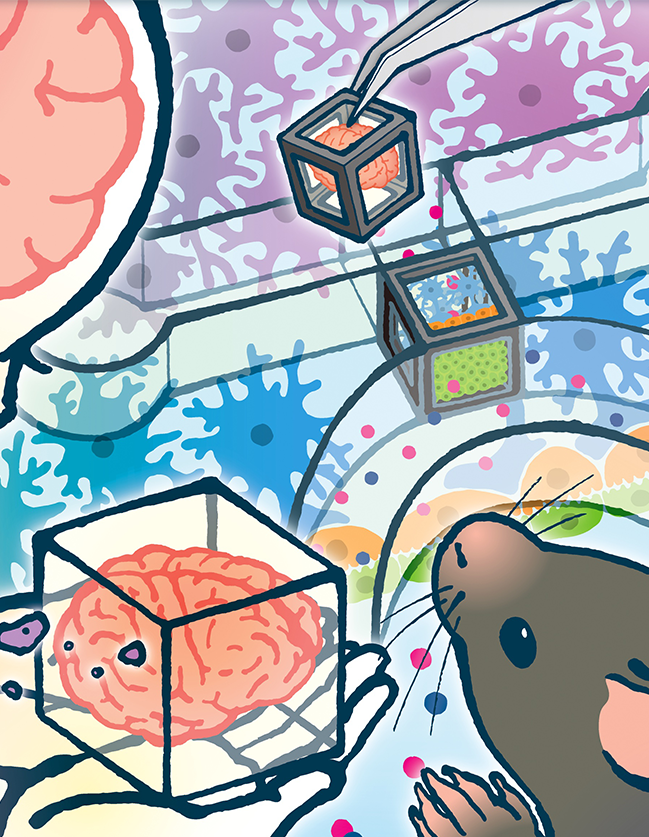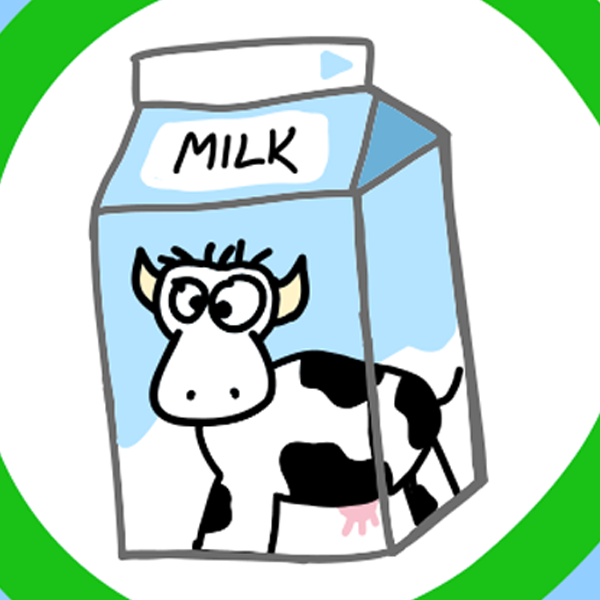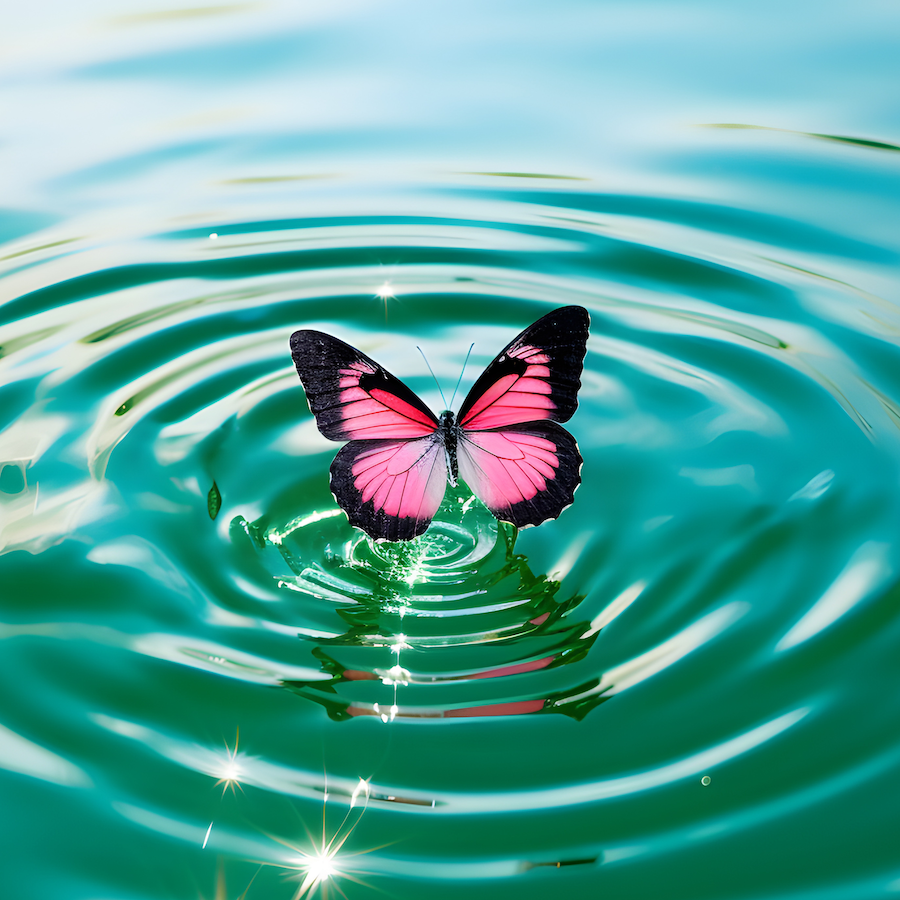Latest research animations
Self-assembly of spider silk
This gut microbe might protect against diabetes and reduce insulin resistance
NEW: One-way hydrogel guides motion of tiny worms!
Latest Posts
Zebrafish imagine a danger-free future to avoid threats in virtual reality
Kleefstra syndrome in mice reversed after birth
A faster and more sensitive antibody test for COVID-19
Opossums are the first genome edited marsupials
Methylation mutation directly linked to autism
Melatonin in mice, circadian rhythms, and daily torpor
Why (mouse) mothers take risks to protect their infants
Dietary amino acid linked to cancer in flies
Cancer cells killed with artificial glycosylated metalloenzyme
H2AK119ub1: How you inherit acquired traits from your mom
COVID-19: Changing the way we do research
Telework: a societal game-changer
Decision-making during the COVID-19 pandemic
Confronting a string of epidemics including COVID-19
Next stop: clinical hair regeneration
Godzilla-sized zooplankton for better aquafarming
Electric rays to help us map the ocean floor
Bacterial drug resistance studied by robotic E. coli evolution
New artificial skin helps avoid animal testing
Social novelty in the brain: haven’t I seen you someplace before?
FABP4: A preschool-aged biomarker for autism
Microbial infections are a parasitic plant’s dream
Gut bacteria double team worsens symptoms of multiple sclerosis
Something smells fishy: categorizing odors in the brain
Photosynthetic bacteria spin spider silk for the masses
Blood cell mutations linked to leukemia are inevitable
Organic nitrogen in soil helps crop growth
Consciousness, brain connections, and the claustrum
A new imaging biomarker for the aging brain
Sphingolipid S1P: Potential new target for schizophrenia treatment
Staining that lights up whole organs and bodies
Artificial gravity protects the immune system of mice in space
Ultraprecise clocks and the Tokyo Skytree verify Einstein’s theory of relativity
Low-protein diet changes sperm and health of future offspring
Physiological origami and proper body development in flies
Efficient and durable ultra-thin solar cells
Tape and vermilion: ingredients for mapping artifact origins
Are you “at risk” of being a habitual coffee drinker?
Astrocytes powered by norepinephrine during fear-memory formation
Space Café Tokyo explains sus sci-fi media
Recipe for hydrogen: sprinkle manganese oxide with iridium atoms, add water
Stable green hydrogen production in a PEM electrolyzer
Brainless memory makes the spinal cord smarter than previously thought
Eco-friendly ammonia production for fertilizers and alternative fuel
Cubes of brain tissue allow drug discovery without animals
Gut bacteria could help overcome milk allergy
Detecting pathogens: the evolution of plant immunity
Genomic “butterfly effect” involving TADs explains risk for autism
Jul
8

RIKEN discovers new T cells related to immune disorders
Immune-related diseases like multiple sclerosis associated with genetic variation in newly discovered, rare T cells.
Jul
2
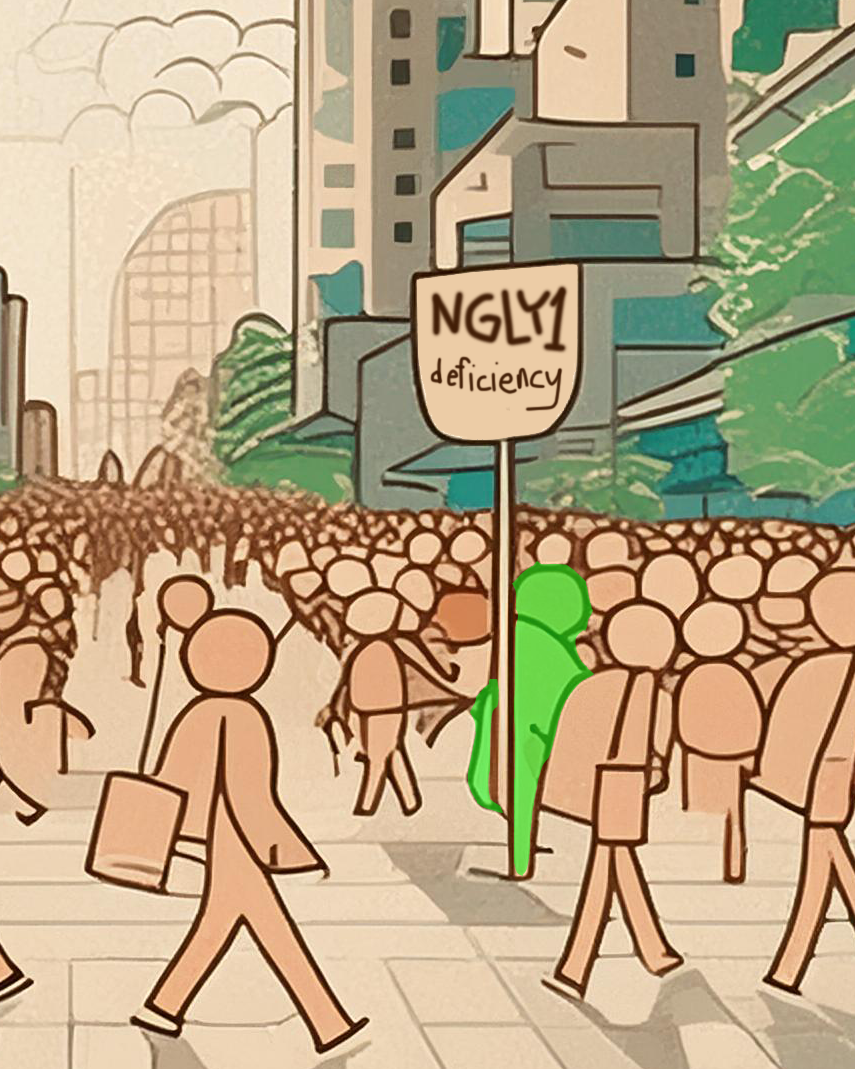
Will the “love hormone” ever be used to treat a rare genetic disease?
One of the pitfalls of researching an extremely rare disease: getting enough data to support clinical trials could be impossible.
Jun
27
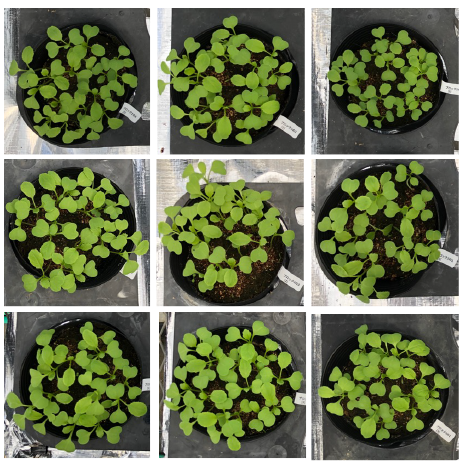
Purple biomass makes a good crop fertilizer
Biomass made from purple marine bacteria provides more than enough nitrogen to plants without harming the environment
Jun
20
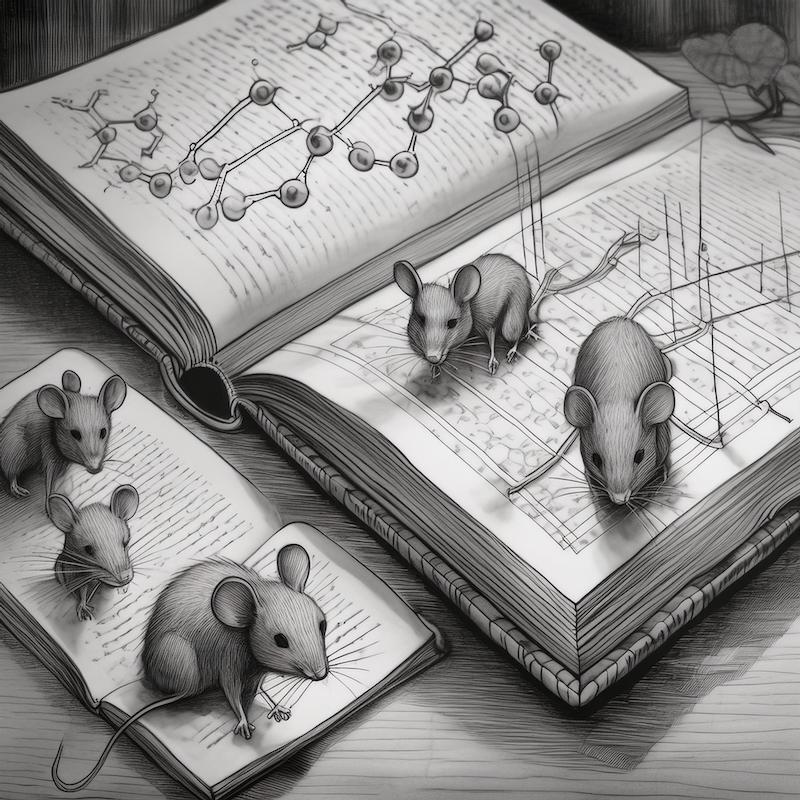
Atlas of the aging lipidome highlights kidneys and gut bacteria
The atlas revealed sex differences in the aging kidney lipidome and lipid byproducts of gut bacteria that accumulate throughout the body.
May
22
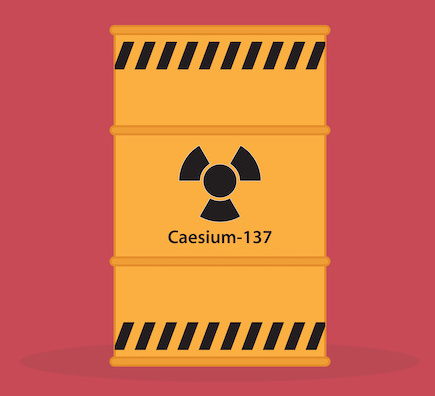
Root growth improved in soil contaminated with cesium
Overactivating the ABA signaling pathway in plants prevented cesium in soil from blocking root growth in plants.
May
17

Japanese people are a mixture of three separate ancestral groups
A new study shows that the current Japanese population is derived from 3 ancestral groups, one of which brought Denisovan DNA to the party.

